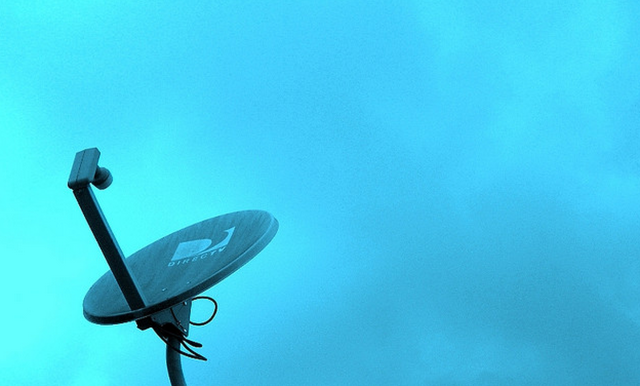Apple to get into the Content is King theme
Apple and the iPhone have been at the forefront of our Connected Society investment theme and Apple Pay lands the company in our Cashless Consumption theme as well. For a long time, Apple has held off creating original content preferring instead to be a platform via iTunes and its app ecosystem for others to distribute their content (Netflix on iPads, iPhones and Apple TV as an example). With the battle for the device consumer heating up, Apple is taking a page out of Content is King companies Disney (DIS) and Comcast (CMCSA) and moving into content to shore up its competitive position. We’ve seen Netflix do this and Amazon (AMZN) is charging ahead as well. From a thematic sense, if Apple can get the programming right, three thematic tailwinds are better than one or two.
Apple Inc. is planning to build a significant new business in original television shows and movies, according to people familiar with the matter, a move that could make it a bigger player in Hollywood and offset slowing sales of iPhones and iPads.These people said the programming would be available to subscribers of Apple’s $10-a-month streaming-music service, which has struggled to catch up to the larger Spotify AB. Apple Music already includes a limited number of documentary-style segments on musicians, but nothing like the premium programming it is now seeking.
Source: Apple Sets Its Sights on Hollywood With Plans for Original Content – WSJ



